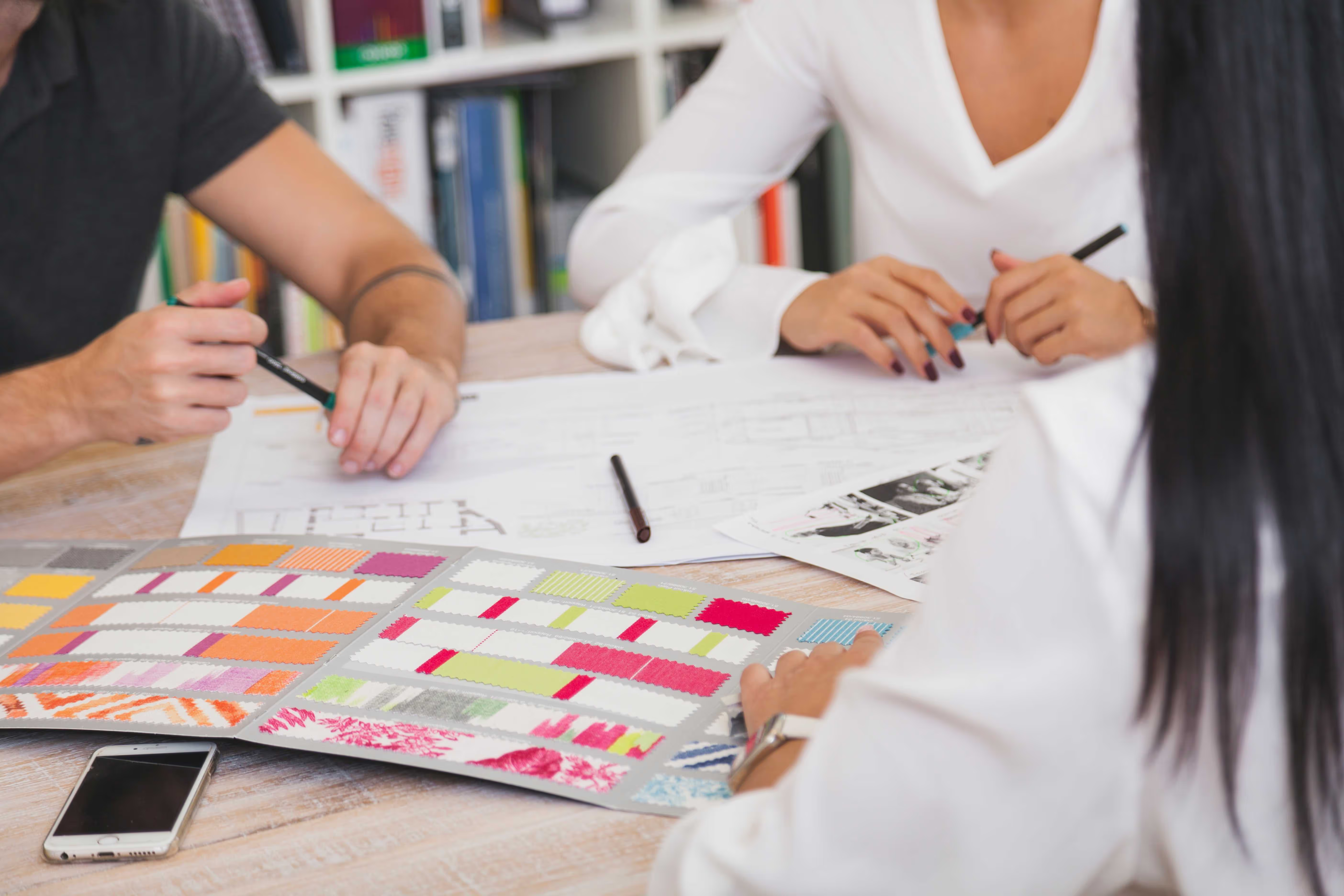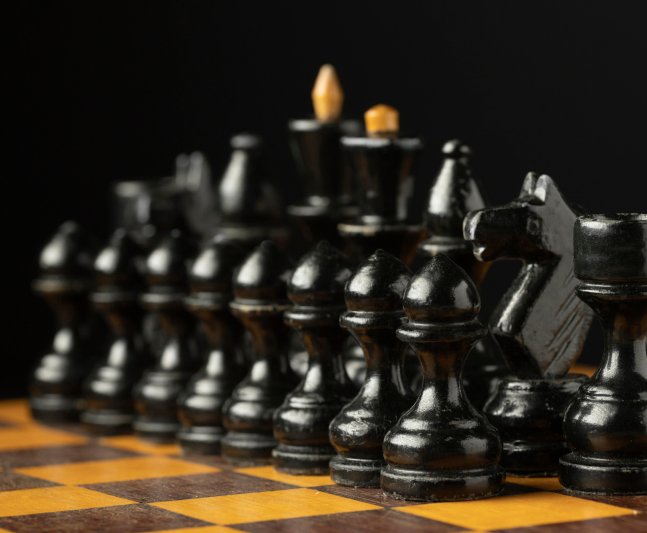Planning an exhibition or an event is a major undertaking. From concept to installation, every decision impacts how your brand is perceived and experienced by your audience. But before you get to the exciting part of choosing colors or layouts, it all begins with a single document: your exhibition brief.
Your brief sets the stage for the entire project. It tells your design partner what you want to achieve, what you care about, and what constraints exist. A well-crafted brief can make the design process smoother, faster, and more creative. But a brief that’s unclear or overly controlling can slow things down, cause frustration, and lead to a final solution that misses the mark.
Getting your brief right is easier said than done. You want to be clear and specific, but not so rigid that you limit innovation. You want to share your vision, but also be open to expert advice. In this article, we’ll explore why briefs often go wrong, what makes a good brief, and how you and your designer can work together for a successful exhibition.
When a Brief is Too Prescriptive: The Risks of Micromanaging
It’s natural to want control over how your brand is presented. After all, you know your business inside out, and you have clear ideas about what your booth should look like.
But if your brief dictates every little detail — from exact colors to layouts to where every single piece of content goes — you might unintentionally tie your designer’s hands. Here’s why that can be a problem:
- Limits creativity. Your designer brings professional experience and fresh ideas. When you tell them exactly what to do, you cut off opportunities to innovate and improve.
- Adds complexity and delays. Overly detailed instructions often lead to longer review cycles, with many changes and adjustments as designers struggle to meet every requirement.
- Misses better solutions. Sometimes what you want is not the best option given the space, budget, or visitor flow. An expert designer might suggest alternatives that work better, but a rigid brief can prevent this.
Imagine asking for a booth layout identical to one you saw years ago at a different venue. That design might not suit your current goals or space, but without flexibility, your designer may have to recreate it anyway, even if it’s not ideal.
When a Brief is Too Vague: The Cost of Unclear Direction
On the flip side, briefs that are too vague can be just as problematic. If your designer doesn’t have enough information, they have to guess your priorities, which often leads to wasted time and effort.
Common issues with vague briefs include:
- Wasted time on irrelevant elements. Designers might focus on parts you don’t really care about or miss your most important messages.
- Too many revisions. Without clear direction, you may keep asking for changes because the design doesn’t match your expectations.
- Frustration and misunderstandings. Lack of clarity can cause tension and slow down the whole project.
For example, simply saying “We want a booth that stands out” leaves too much to interpretation. One person’s idea of standing out could be a bright, flashy booth; another’s might be a minimalist, elegant space. Without further detail, your designer can’t know which direction to take.
What Makes a Great Exhibition Brief?
The secret to a successful exhibition project is a brief that strikes the right balance between guidance and flexibility. It provides enough detail to orient the designer without constraining their creativity.
Here are the essential elements your brief should cover:
Clear Objectives
Start by explaining what you want to achieve. Are you introducing a new product? Building brand awareness? Educating your audience? Generating sales leads? Defining your goals helps your designer shape the entire experience.
Desired Visitor Outcomes
Think beyond what you want to say. What do you want visitors to feel, learn, or do? Should they leave excited, informed, or ready to engage with your team? These outcomes shape how your booth is designed and how visitors interact with it.
Available Assets and Constraints
Let your designer know what resources you bring to the table. Do you have videos, product samples, or digital content? Also, be upfront about your budget, venue rules, deadlines, and any limitations. This information helps your designer plan realistically.
Your Ideas and Preferences
If you have ideas about what you want your booth to look like or specific elements to include, share them early. But be clear that you’re open to your designer’s advice. Collaboration is key.
How Designers Use Your Brief — And Why Their Questions Are Important
Once your brief is in hand, your designer won’t just start drawing right away. They will ask questions — sometimes simple, sometimes detailed — to clarify your needs and spot potential issues.
Good designers see these questions as essential, not annoying. They might ask:
- What’s the most important goal?
- Who is your primary audience?
- What stories or messages must come across?
- Are there any site-specific challenges?
- What’s the timeline and budget flexibility?
These conversations save time in the long run by preventing misunderstandings and ensuring the final design meets your needs.
As a client, welcome these questions. The clearer you are, the smoother the process will be.
How to Work Smoothly with Your Designer
Here are some tips to make your collaboration more productive:
- Prepare before the first meeting. Write down your objectives, visitor outcomes, and any must-have features.
- Be honest about your budget and timeline. Transparency helps avoid unrealistic expectations.
- Provide brand guidelines and past exhibition materials. This context helps your designer align with your identity.
- Keep an open mind. Your designer’s experience might suggest approaches you hadn’t considered.
- Give timely feedback. Respond quickly to questions and drafts to keep things moving.
- Ask to see examples. Reviewing similar past projects can clarify what to expect.
Why the Brief Is Just the Beginning
The brief lays the foundation, but successful exhibition design is an ongoing process. Regular communication, updates, and flexibility from both sides ensure the project stays on track.
Remember, your designer is your partner. When you work together openly and respectfully, the result is a booth that attracts visitors, tells your story effectively, and drives results.
Conclusion
Understanding your Ideal Customer Profile is just the first step toward a successful exhibition. The true impact comes from designing experiences that engage visitors in the way they learn best. By recognizing and incorporating visual, auditory, and kinesthetic learning styles into your exhibition, you ensure your message reaches a wider audience more effectively. Visual elements attract the eye, audio content speaks directly to those who learn by listening, and hands-on interactive displays engage those who learn by doing.
This inclusive approach not only enhances visitor engagement but also increases brand recall and strengthens connections with your audience. It transforms your booth from a simple display into an immersive experience that leaves a lasting impression.
At Blues N Coppers, we specialize in creating exhibition environments tailored to your ICP’s unique needs and learning preferences. Contact us today to start crafting an experience that goes beyond messaging and creates meaningful engagement.
FAQs About Exhibition Briefs
1. Why shouldn’t I be too detailed in my exhibition brief?
Because too much detail limits your designer’s creativity and could prevent better solutions tailored to your goals and space.
2. What happens if my brief is unclear?
It causes guesswork, wasted effort, multiple revisions, delays, and sometimes higher costs.
3. What key info should I include in my brief?
Your objectives, visitor outcomes, available assets, budget, timeline, and venue constraints.
4. How can I ensure my designer understands my vision?
Be open to questions, provide clear info upfront, and communicate regularly throughout the project.
5. Can I share my ideas with my designer?
Absolutely. Share them early but be willing to listen and adapt based on their expertise.
6. When is the brief ready?
When you and your designer both clearly understand the goals, limits, and expectations and are ready to move forward confidently.

.svg)




